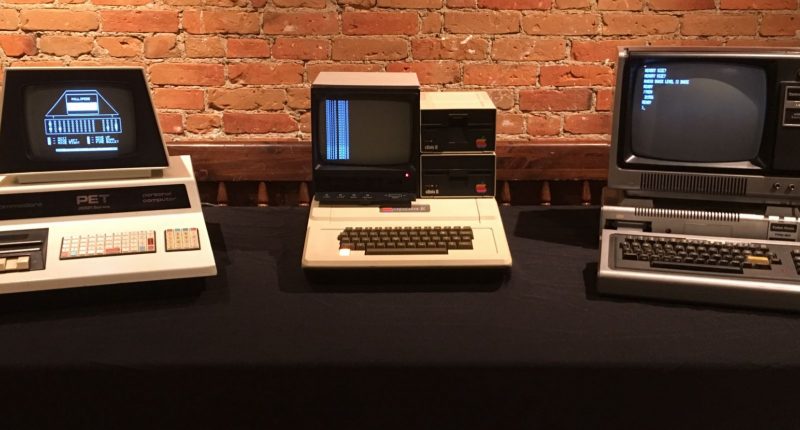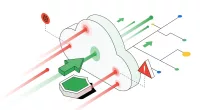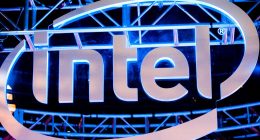In 2023, the PC market faced both challenges and glimmers of hope. According to Gartner, worldwide PC shipments in the third quarter of 2023 experienced a 9% decrease compared to the same period in 2022. This decline marked the eighth consecutive quarter of contraction, painting a rather grim picture for the industry.
In India, the Directorate General of Foreign Trade (DGFT) imposed restrictions on the import of certain devices in August 2023, aiming to boost local manufacturing. While these restrictions initially caused minor disruptions, revised announcements have extended deadlines, allowing imports to resume at normal volumes. However, this decision’s impact continues to loom as it’s set to be implemented in stages up to October 2024, presenting both opportunities and hurdles for the India PC market. A closer look at this year’s dynamics, along with insights from the past on a global scale, reveals a complex and evolving landscape.
2023: Signs of Recovery
In the third quarter of 2023, global PC shipments totaled 64.3 million units. Mikako Kitagawa, Director Analyst at Gartner, pointed to seasonal demand from the education sector as a factor that boosted shipments. However, weak enterprise PC demand remained a dampener on overall growth.
Despite these challenges, there’s a ray of hope on the horizon. Gartner believes that the decline in the PC market may have finally bottomed out, with expectations of growth returning in the fourth quarter of 2023. Vendors have also been making consistent progress in reducing PC inventory, with a return to normal levels anticipated by the end of the year, provided holiday sales don’t take a hit.
The top players in the global PC market have maintained their positions, with Lenovo leading the way, claiming a 25.1% market share. HP was the only vendor to exhibit year-over-year growth, securing the second position, while Dell faced its sixth consecutive quarter of shipment decline and Apple witnessed a significant decline in shipments, partly attributed to shifting trends in demand dynamics.
2020: The 5G Revolution
Now, let’s rewind to 2020, a year that held promise for hardware manufacturers, especially in the context of 5G technology. Gartner’s analysts predicted rapid growth in the 5G mobile phone market share, surging from 12% in 2020 to an impressive 43% in 2022. This anticipated shift was expected to benefit manufacturers across the spectrum, from PCs to mobile handsets and beyond.
Global shipments of devices in 2019 had hit a low point, totaling 2.15 billion units, the lowest since 2010. However, in 2020, there was optimism that the market would see a modest increase of 0.9%, totaling 2.16 billion new units. Smartphone shipments, in particular, were poised to rise by 1.7% in 2020, with growth driven by emerging markets in Asia.
While smartphones were experiencing a surge, the PC market was heading in a different direction. After a period of growth in 2019, PC shipments were anticipated to decline, with numbers dropping to 251 million units in 2020, and further decreases forecasted for 2021 and 2022.
2019: The Windows 10 Boost
In 2019, there was a glimmer of hope amidst a prolonged decline in the PC market. For six years, the market had experienced contraction, but 2019 showed signs of recovery. The Windows 10 refresh cycle played a pivotal role in this turnaround. Businesses were upgrading their systems in anticipation of Windows 7 reaching the end of mainstream support in January 2020.
During the third quarter of 2019, PC sales saw an overall increase of 1.1%, with Lenovo, HP, Dell, Apple, Acer, and Asus leading the pack. Of these top vendors, only Apple and Asus experienced declines in sales. The rest of the market faced a modest dip of 9.1%.
Mr. Kitagawa, the then principal analyst at Gartner, noted that the Windows 10 refresh cycle was the primary driver for growth across regions. This growth was particularly pronounced in Japan, where PC shipments surged by a remarkable 55%.
A Look Back at the Past
As we analyse the journey of the PC market from 2019 to 2023, we observe a dynamic landscape. The market went through a period of decline, followed by hints of recovery, driven by factors such as technology advancements and operating system upgrades. The rise of 5G technology and its impact on hardware manufacturers set the stage for a transformative era.
Now, in 2023, the PC market is poised for a potential revival, with the worst of the decline potentially behind us. The business PC market awaits a replacement cycle fueled by Windows 11 upgrades, while consumer PC demand is expected to rebound.





